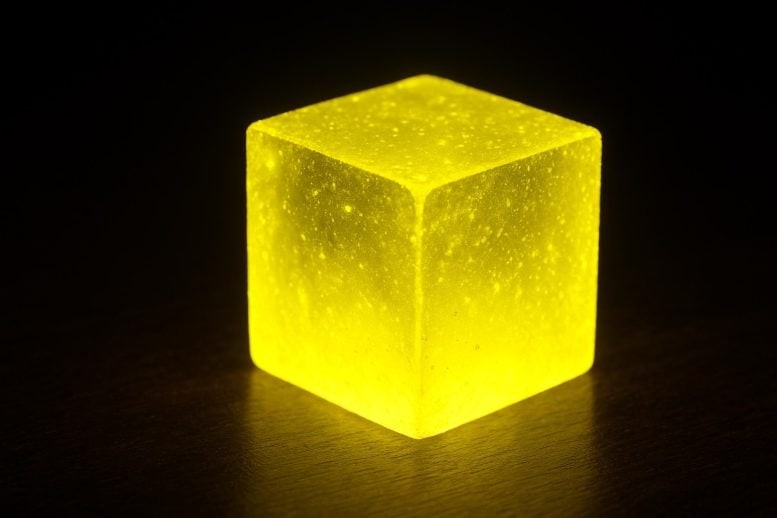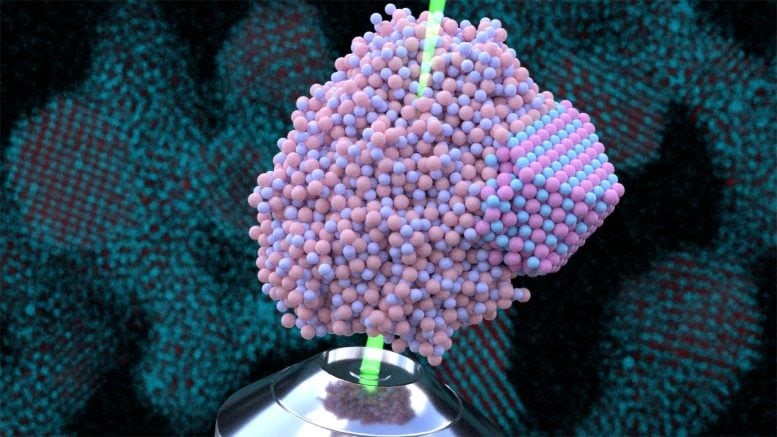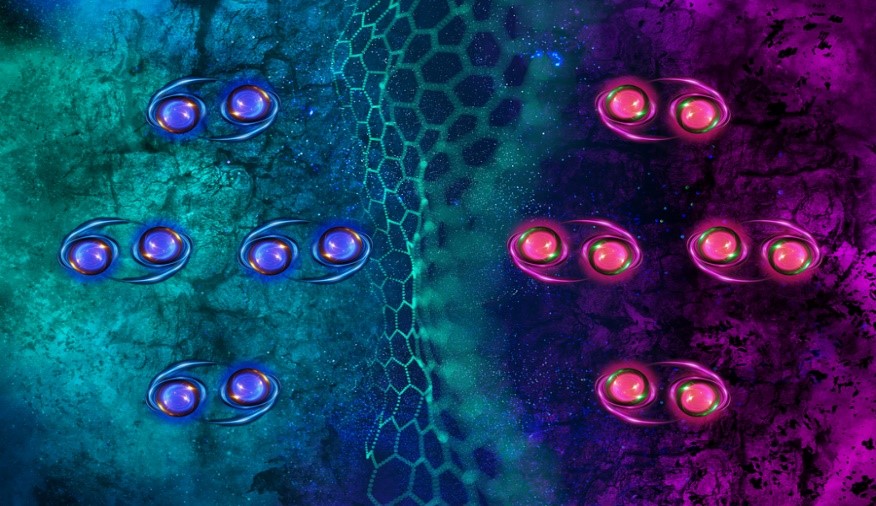Cerium Shines Yellow: Chemists Discover New Behaviors in Rare Earth Elements
Orbital Transitions and Their Typical Stability
In rare earth elements, luminescence arises from electron transitions within 4f orbitals—inner regions of the atom where electrons are located. These transitions usually involve fixed energy levels, resulting in a stable, characteristic glow: cerium typically emits ultraviolet light, while terbium emits green.

Figure 1. Cerium Glows Yellow: Chemists Unlock New Rare Earth Element Properties.
The 4f orbitals lie deep within the atom and are largely shielded from external environmental effects, which contributes to the consistency of their emission. Conversely, 5d orbitals are more exposed and responsive to external factors, but they rarely play a role in lanthanide luminescence because their energy levels are typically too high to be involved in such transitions. Figure 1 shows Cerium Glows Yellow: Chemists Unlock New Rare Earth Element Properties.
Tuning Luminescence Through Chemical Environment
Researchers from HSE University and the Institute of Petrochemical Synthesis of the Russian Academy of Sciences have shown that the color of light emitted by rare earth elements can be modified by changing their chemical surroundings. They achieved this by synthesizing complexes of cerium, praseodymium, and terbium using organic ligands—molecules that bind to metal ions and define the structure and behavior of the resulting complex.
In these complexes, three cyclopentadienyl anions—five-membered carbon rings—are symmetrically arranged around each metal ion. These anions are modified with bulky organic groups that help stabilize the desired geometry. This arrangement creates a unique electrostatic environment around the metal ion, which shifts the energy levels of the 5d orbitals. As a result, the luminescence spectrum is altered, allowing for control over the color of the emitted light.
Unveiling the Mechanism Behind the Change
“Previously, changes in luminescence color had been observed, but the mechanism behind this phenomenon remained unclear. Now, working alongside physicist colleagues, we have uncovered how it happens. We intentionally designed compounds with an electronic structure unusual for lanthanides. Instead of focusing on just one example, we synthesized a series of complexes from cerium to terbium to track their changing properties and identify common trends,” explains Daniil Bardonov, a master’s student at the HSE Faculty of Chemistry.
In typical compounds, cerium emits ultraviolet light with wavelengths between 300 and 400 nanometers. In the newly created complexes, however, its emission shifted dramatically into the red region, extending up to 655 nanometers. This shift indicates that the energy gap between the 4f and 5d levels has narrowed. Similar changes in electronic energy levels were observed in the other studied lanthanides, which also altered their luminescence.
“To understand this, it’s essential to grasp the usual energy transfer process: a ligand molecule absorbs ultraviolet light, becomes excited, and then transfers energy to the metal ion, causing it to emit light,” explains Dmitrii Roitershtein, Academic Supervisor of the Chemistry of Molecular Systems and Materials Programme and co-author of the study. “But in these new complexes, the energy transfer occurs differently — not directly to the 4f electrons, but via an intermediate 5d state.”
The team believes that being able to predict the luminescence spectrum will enable more efficient design of materials with targeted optical properties, cutting down on trial-and-error experimentation. This advance could pave the way for developing new, improved light-emitting materials.
“We’ve demonstrated exactly how an atom’s environment can influence its electronic transitions and lanthanide luminescence,” says Fyodor Chernenkiy, a bachelor’s student at the HSE Faculty of Chemistry. “Now, by carefully choosing the structure of compounds, we can intentionally control luminescence and create materials with tailored optical features.”
Source: SciTECHDaily
Cite this article:
Priyadharshini S (2025), Cerium Shines Yellow: Chemists Discover New Behaviors in Rare Earth Elements, AnaTechMaz, pp. 213







